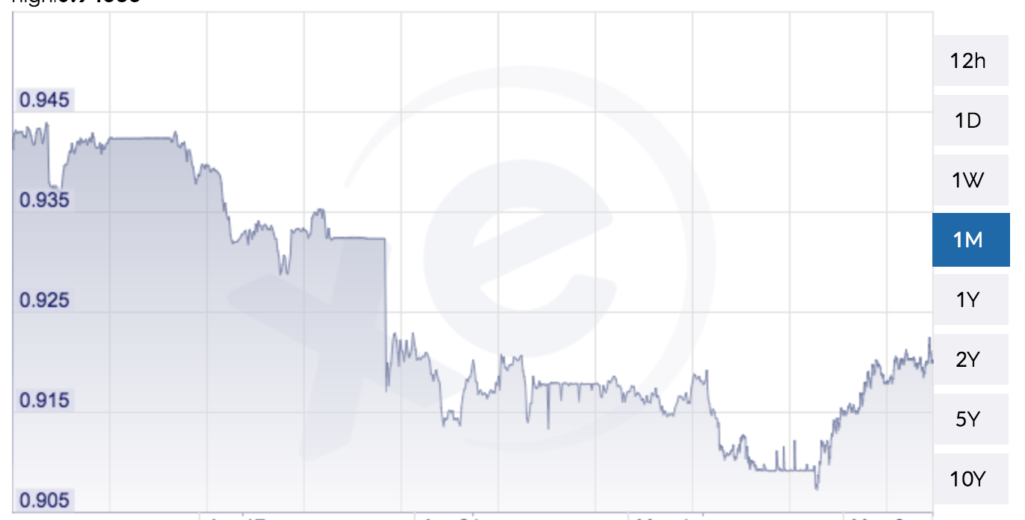5 Lessons Learned From Running International PPC Accounts

I currently manage ads in 6 continents across 32 countries with ad copy spanning 5 different languages. I speak one language.
Well, to be fair, I speak more than just one language. Years of Spanish class has led to the proficiency of a “soon-to-graduate higher schooler with senioritis.” Furthermore, my PPC international experience has given me a pretty strong pulse of the language relevant to my verticals. Regardless, there is still an obvious disconnect here that needs to be addressed to effectively deliver value in markets outside of the United States.
While best practices are very much unchanged, there is certainly a learning curve that comes with perfecting strategy in each unique market. Mentally preparing for these lessons ahead of time can minimize that ramp up period.
Lesson #1: Don’t Trust Your Translations
Trust me, you should trust no one. Not the translations your Google Rep provided. Not your freelance translators. And certainly not Google translate.

So who should you trust then? Simple: the client. And in the case that your client does not speak the language of your geo-target, seek to cross-check translations through a combination of the resources listed previously. Use each resource as a secondary check on the other.
Ultimately this is the greatest hurdle you’ll face when running international campaigns. While I highly value the work of Google or freelance translators, localization of language to each market is a difficult, nuanced, and vital task. The sheer scope of account builds makes this a tremendously difficult job for even the most skilled translator. With this in mind, seek to confirm all translations (ad copy, keywords, etc) prior to launch with a second source.
Lesson #2: Routine Tasks Will Have A Learning Curve
We work in an industry dictated by data and experimentation, a process that is language neutral. This is good news regarding international PPC, an area where best practices remain completely unchanged. The unfortunate news, however, is that the human element of routine tasks is much more difficult. I’ve found this to be particularly true in two specific tasks:
- Search Query Reports: Despite most account managers including an empirical approach to their search query analysis, there is no denying the value of a psychological element when digging through queries. Connecting with the inherent intent behind each search is a much slower process when not completely fluent in the targeted language. You’ll quickly find yourself improving efficiency wise each round, but make sure to double-check any major changes with a translation resource to ensure no misinterpretation occurs. Consider experimenting with this add-on for Google Sheets which will help translate search queries in bulk.
- Ad Testing: Character limits are tricky to balance when going from one language to another. Strong communication and coordination between the agency, client, and translation services is imperative during this process. To combat these issues, limit testing to major changes. There is simply no avoiding the added time translation poses which means tests need to be significant and purposeful.
Ultimately, efficiency is only a minor obstacle when adjusting to international PPC. Being aware of these increased demands from the beginning will aid in organization.
Lesson #3: Stay Consistent With Exchange Rates
When expanding into foreign markets, exchange rates will inevitably come into play. Be sure to use the local currency when including prices in ad copy. Beyond obvious scenarios such as ad copy, addressing these monetary difference is particularly important for a strong client relationship.
While currency exchange rates generally won’t fluctuate enough for egregious accounting errors to occur, small changes across the course of the month will add up in larger accounts.

Each network will have a specific methodology for factoring in these variations. To avoid as much confusion as possible, stay consistent and transparent with how these exchange rates are factored into the business side of PPC management.
Lesson #4: Performance Will Vary Widely Across Markets
Given performance differences between markets within the same country, it’s no surprise that you’re likely to see pretty wide fluctuations across international targets. Mirroring efforts in new regions after previous successes is a smart launch tactic, but don’t become overly tied to those initial strategic decisions. As always, let the data dictate direction.

An interesting trend to examine is how uniquely branded campaigns perform across international targets. Often times I find non-brand campaigns performing very similar even with the language differences. Branded campaigns have potential to be more fluid across geographies depending on your client’s market presence.
Lesson #5: Don’t Forget Your Account Settings When Dayparting
One final lesson to keep in mind is the time zone setting of your account. If you’re running campaigns in multiple countries don’t forget that your ad scheduling is based on the parent account settings. Make sure to account for these time differences when creating your dayparting strategy.

Concluding Thoughts
Launching international PPC efforts is certainly not without barriers to entry. Translation creates complications in everything from account structure to ad copy implementation. Despite this, the fundamentals that generate a successful PPC account remain completely intact. When launching international efforts remain cognizant of localized language differences, exchange rates, and time zone in relation to your account.



